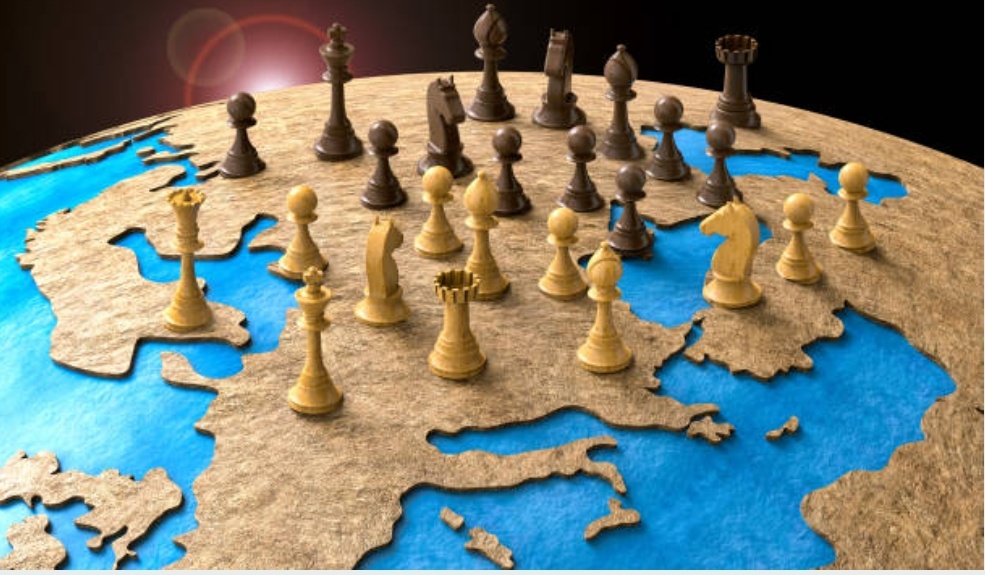Introduction
Land grabbing, the large-scale acquisition of agricultural land by foreign entities, has emerged as a pressing geopolitical concern, raising alarms about its socio-economic, environmental, and security implications. The practice, often driven by the pursuit of resources and strategic interests, poses significant dangers that reverberate across nations and continents. This article delves into the multifaceted dimensions of land grabbing, exploring its consequences and providing examples from countries that have borne the brunt of this global menace.
Understanding Land Grabbing
Land grabbing involves the acquisition of vast tracts of land, usually in developing countries, by foreign governments, multinational corporations, or private investors. Motivations behind land grabbing range from securing food and water resources to exploiting agricultural potential and gaining strategic geopolitical influence. While proponents argue that it brings much-needed investment and development, critics contend that it perpetuates inequality, undermines local communities, and exacerbates environmental degradation.
The Socio-Economic Toll
One of the primary dangers of land grabbing is its impact on local communities and smallholder farmers. Forced displacement, loss of livelihoods, and disruption of traditional agricultural practices are common outcomes. In many cases, the promised benefits of employment and infrastructure development fail to materialize, leaving affected populations in dire straits. This economic disparity further fuels social unrest and can contribute to political instability within the affected countries.
Some examples of the socio economics effects of land grabbings can be witnessed in Ethiopia and Cambodia.
In the early 21st century, Ethiopia witnessed a surge in land grabbing, with the government leasing large portions of fertile land to foreign investors. While officials argued that this would boost agricultural productivity and economic growth, the reality for local communities was starkly different. Widespread displacement, food insecurity, and protests ensued, revealing the severe social consequences of unchecked land acquisitions.
Another example is the Mekong region, including Cambodia, has been a hotspot for land grabbing. Foreign investors, particularly from China and Vietnam, have sought to capitalize on the region’s fertile land for agribusiness projects. This has resulted in the displacement of indigenous communities, loss of biodiversity, and environmental degradation. The socioeconomic fabric of affected areas has been strained, leading to increased tensions and conflicts.
Environmental Degradation
Land grabbing often entails large-scale deforestation, intensive agricultural practices, and the use of harmful chemicals, contributing significantly to environmental degradation. The loss of biodiversity, disruption of ecosystems, and depletion of water resources have far-reaching consequences for both local and global environments. Moreover, the carbon footprint associated with such activities exacerbates climate change, making land grabbing a contributor to the broader ecological crisis.
Some examples are Indonesia and Brazil. Indonesia, particularly in regions like Kalimantan and Sumatra, has faced severe consequences of land grabbing, primarily for palm oil plantations. Massive deforestation has led to habitat loss for endangered species like orangutans, while the draining of peatlands has released substantial amounts of stored carbon into the atmosphere. The environmental devastation in Indonesia underscores the interconnectedness of land grabbing and ecological crises.
In the Amazon rainforest, land grabbing for agriculture, mining, and logging has accelerated deforestation rates. This not only jeopardizes the vast biodiversity of the region but also contributes to the release of carbon dioxide into the atmosphere. The Amazon, often referred to as the “lungs of the Earth,” plays a critical role in regulating the global climate, making land grabbing in this region a matter of international concern.
Security Implications
Land grabbing has profound security implications, both regionally and globally. Displacement, resource scarcity, and social unrest can contribute to the emergence of conflicts within affected countries. Additionally, the geopolitical power dynamics shift as nations and corporations exert control over vital resources, potentially leading to tensions and conflicts between states.
Some examples of security implications can be found in Sudan and Ukraine. In Sudan, the Darfur conflict, which erupted in the early 2000s, has been linked to disputes over land and resources. The competition for arable land and water exacerbated existing ethnic and political tensions, resulting in a protracted and devastating conflict. Land grabbing, in this context, acted as a catalyst for broader security challenges.
The annexation of Crimea by Russia in 2014 had significant geopolitical undertones, including the control of valuable agricultural land. Crimea’s fertile soil and access to the Black Sea made it a strategic asset, highlighting how land grabbing can be intricately linked to geopolitical power plays.
Conclusion
Land grabbing, with its socio-economic, environmental, and security ramifications, stands as a formidable global challenge that demands urgent attention. The cases of Ethiopia, Cambodia, Indonesia, Brazil, Sudan, and Ukraine illustrate the diverse manifestations and far-reaching consequences of this phenomenon. Addressing land grabbing requires collaborative international efforts to establish responsible and equitable land-use practices, safeguarding the rights of local communities and preserving the delicate balance of our planet’s ecosystems. As the world grapples with the complexities of resource management and geopolitical stability, confronting the dangers posed by land grabbing becomes a shared responsibility for nations across the globe.

